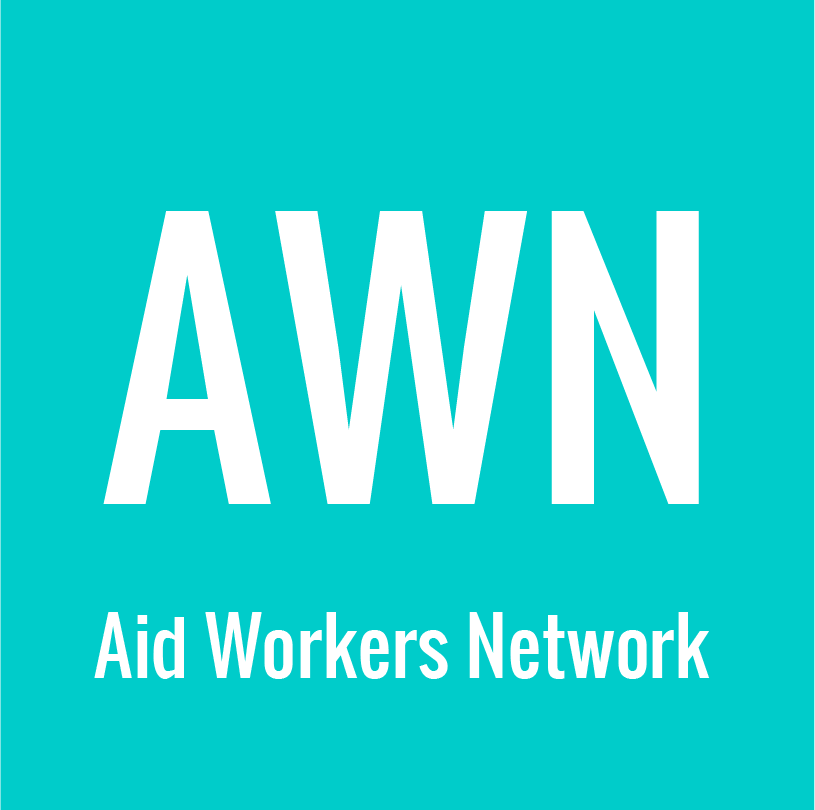In my experience, better disaster response comes down to three things: common procedures, common knowledge, and the soft skills of leadership and management. To better understand this perspective, I would like to share the experience of my organization.
I am the Vice Chair of Muhammadiyah Disaster Management Center (MDMC), one of the largest national disaster response organizations in Indonesia. As an Indonesian organization, we have a lot of experience with disaster response. In spite of this experience, we know there is always room to improve our response capability.
In 2015 Catholic Relief Services invited us to participate in a capacity-building initiative. We knew this would be a good opportunity to strengthen our disaster response capacity, and that is exactly what we did.
Muhammadiyah is headquartered in Yogyakarta and Jakarta, with branches in Indonesia’s 34 provinces. Muhammadiyah has seven wing organizations, thousands of schools, and hundreds of universities and hospitals/clinics. MDMC is a special unit within the Muhammadiyah organization that focuses on coordinating all disaster and humanitarian response carried out by Muhammadiyah. It is represented in almost all of the provinces and in many of the districts. Because of the networked structure of our organization, it is essential to have common procedures and a common understanding when we respond to a disaster.
The capacity-building initiative we participated in included trainings on Sphere standards, emergency needs assessments, and finance and procurement, among other topics. As a result of these trainings, we created common standard operating procedures for disaster response – not just for MDMC, but for Muhammadiyah as a whole. These procedures are housed on the MDMC internet portal, where everyone can access them. Now when we undertake a response, staff at the central and local levels are all following the same documented procedures, which results in fewer miscommunications.
The trainings that we participated in were particularly effective because staff at the central and provincial levels all received the same emergency response knowledge and skills. This is key because now everyone has the same knowledge and common understanding. This has created greater consistency and confidence across our response teams. As staff members improve their knowledge about disaster response, it raises their confidence level in their own work. This feeling of confidence is important, and as a result, we are now able to respond faster to disasters at the provincial and district levels.
About one year after the trainings, there were flash floods in Bima (West Nusa Tenggara), and Garut and Sumedang (West Java). In the past, MDMC’s provincial team would have waited for the headquarters team to arrive, which would typically take 24 to 48 hours. Instead, with the training they received and our common standard operating procedures, our provincial teams were confident enough in their knowledge to respond without waiting. This reduced our response time significantly, to under 24 hours for Bima and under 12 hours for Garut and Sumedang.
One part of the training I would identify as particularly useful was the focus on management and leadership skills. In my experience, these skills are essential in disaster response settings. In particular:
- leadership – how to make decisions during a crisis;
- management – how to pool and allocate resources; and
- negotiation – how to cooperate with others to address communities’ needs.
As MDMC has improved its disaster response capability, our relationships with local governments have improved as well. After the flash floods in Bima, the local government’s disaster response agency took note of MDMC’s response and asked us to hold a training for them. We have also seconded staff to a provincial government disaster response agency. At the national level, the knowledge and skills of MDMC’s members are well recognized.
We are also sharing our experience with Caritas Indonesia. Our organizations are both large, with networked structures. Caritas is interested in the coordination mechanism that we have done and in how we developed our common standard operating procedures. As a result, we are working with them to see if they can adapt some of our models for use in their own organization.
Dr. Rahmawati Husein is Vice Chair of Muhammadiyah Disaster Management Center (MDMC), Muhammadiyah, Indonesia. MDMC’s disaster response teams have also served in Nepal, the Philippines, Myanmar, and Cox’s Bazar. MDMC is undergoing the World Health Organization’s verification process to serve as an EMT Type 1 Mobile and Fixed. Currently, the WHO has asked MDMC to be a point of contact for EMT services in Indonesia.




Thank you mba Ama for sharing, insightful! Well done with the One Muhammadiyah One Response (OMOR) initiative too!
Thank you, Dr.Rahmawati Husein, for sharing about Muhammadiyah Disaster Management Center (MDMC), and congratulations you have selected to be the Advisory Group of UN Central Emergency Response Fund